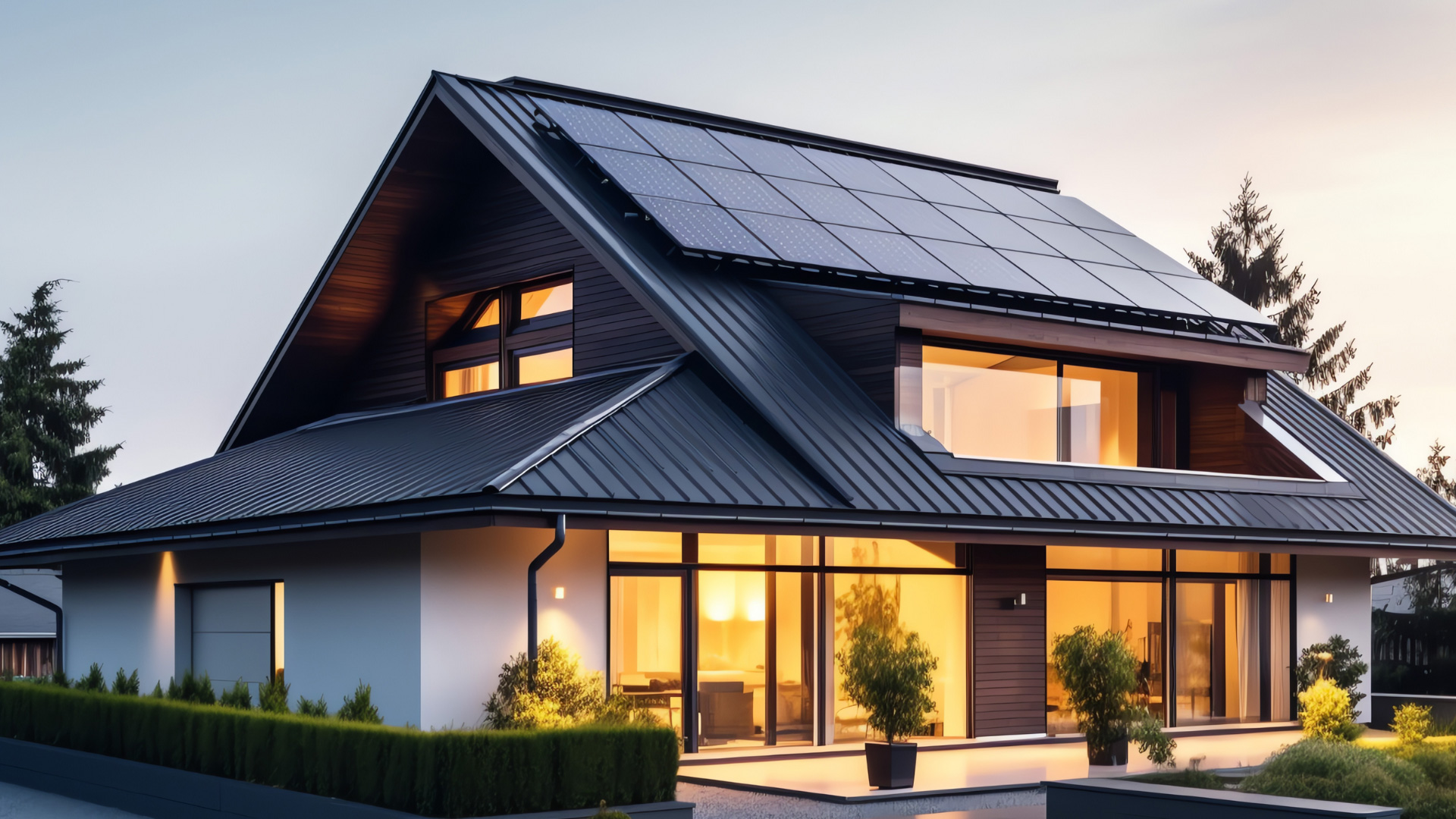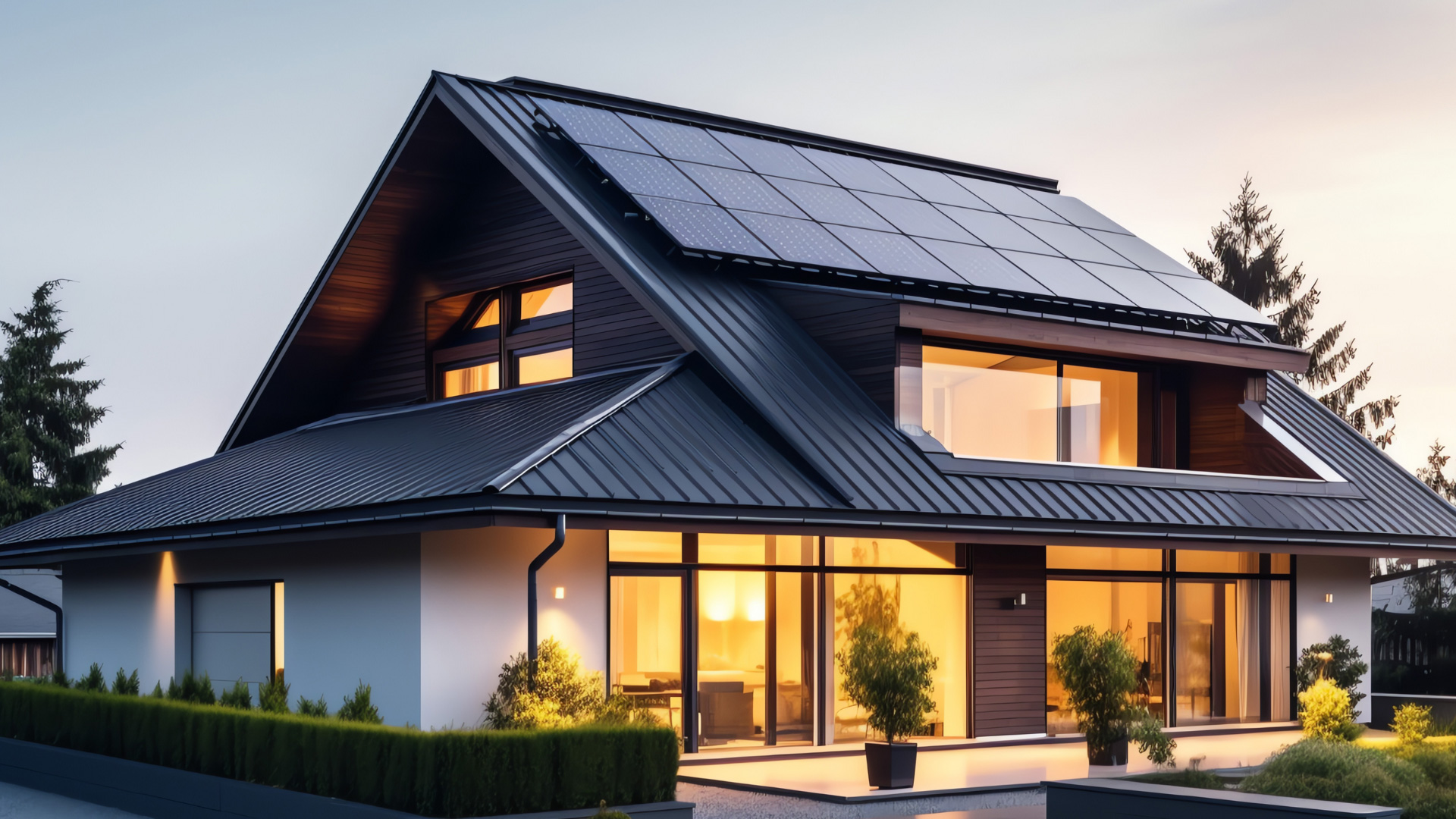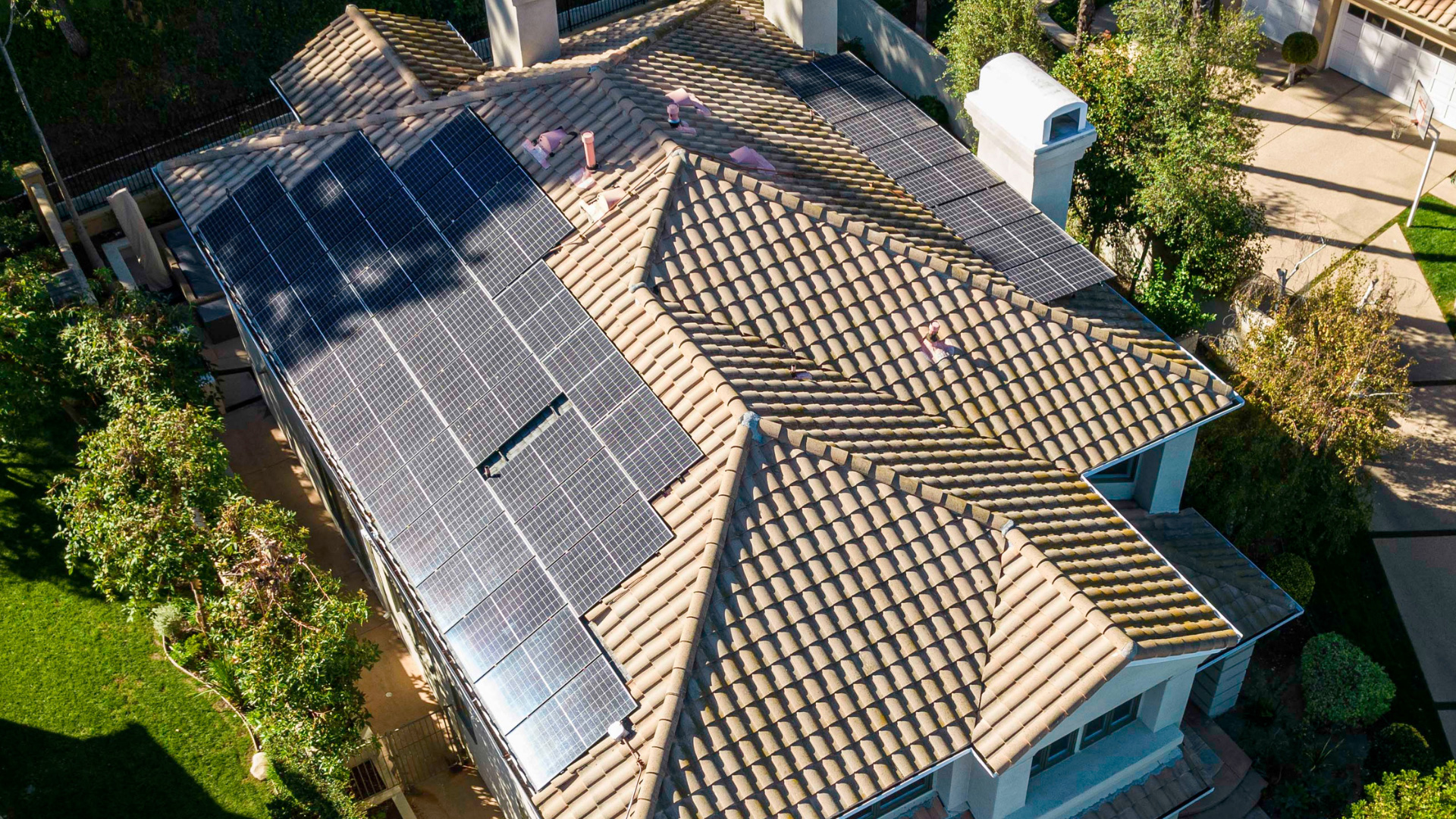Numerous factors determine the price of solar equipment and installation. The process has some hidden costs or soft “costs” that eventually increase the total installation price. In this article, we will highlight some soft costs affecting solar energy system installation.
What are The Soft Costs of Going Solar?
According to the U.S. Department of Energy’s Office of Energy Efficiency & Renewable Energy, solar soft costs are non-hardware costs incurred when going solar. These soft costs make up as much as 64 percent of the solar installation price and are usually added to the total price of a home solar system.
It also proves challenging for solar installers to eliminate the non-hardware costs, as most are administrative fees and taxes. The Energy Efficiency & Renewable Energy office offers some solutions that can help pinpoint these costs. The solutions include training the future workforce to ensure seamless processes and encouraging the creativity of solar companies and budding entrepreneurs to enhance operations and increase returns.
Below are some of the typical soft costs for solar installation:
Permitting Fees
Most municipalities have set local building codes that solar energy installers must follow. With this, city officials must inspect each solar installation and issue a permit if they meet the set codes. The permit comes at a fee which is around $400 per system. However, some local governments waive permitting fees to encourage their residents to go solar.
Sales Tax
Sales tax significantly increases the initial cost of solar installation. There are different state laws in sales and property tax exemptions for solar installations. Some states offer 100% exemptions, while others provide no exemptions. Sales tax exemptions for solar installation are an incentive for homeowners purchasing solar equipment, which minimizes the soft costs.
Interconnection Cost
Solar interconnection is among the final steps along the path to installing solar, and it involves connecting solar energy to the utility grid. The interconnection cost varies by system size, location, and utility company. Most solar installation companies usually include the interconnection cost in the total cost for the solar energy system.
The interconnection cost is a crucial barrier to the rapid integration of utility-scale solar. Fortunately, some states offer interconnection costs exemption, and also major industry organizations such as the Solar Energy Industries Association are actively working to find ways to minimize the costs.
Labor Costs
Like in other operations, solar energy system installation comes with labor costs. Typically, the labor costs vary depending on working conditions and the output of the solar energy plant. According to NREL, the labor cost for a residential installation is around $0.55 per watt.
Manage Solar Energy System Soft Costs with Solar Optimum
With the solar energy system’s soft costs blocking the way to going solar, it is essential to find ways or solutions to lower them. Solar industry key organizations and the U.S government are actively taking steps to bring these costs down by addressing some of the above factors.
At solar optimum, we are committed to educating, inspiring, and offering homeowners and businesses progressive premium energy and roofing solutions. Contact us today for an honest talk on how to acquire affordable solar energy.







